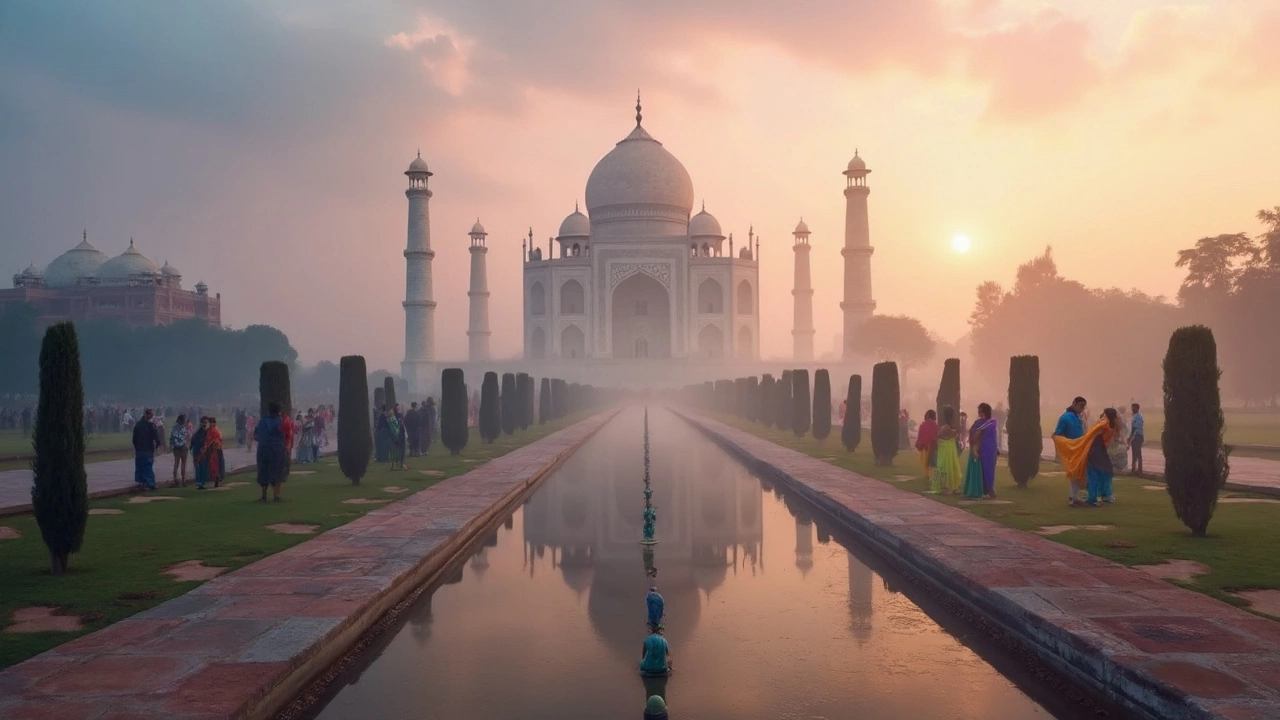SEARCH
Explore Indian History – Your Practical Guide to Heritage Travel
India’s past is a patchwork of kingdoms, empires, and cultures that still pulse through its streets, forts, and temples. If you love walking where ancient rulers once tread, you’ve landed in the right spot. Below are the essential things you need to know to turn a history‑focused trip into a smooth, affordable adventure.
Top Heritage Cities to Explore
First, pick a base. UNESCO Heritage Cities in India is a perfect starting point – the guide lists places like Jaipur, Agra, and Mysore, each packed with palaces, forts, and UNESCO‑listed monuments. Jaipur’s pink‑hued forts let you see Rajput warfare tactics, while Agra’s Taj Mahal gives a glimpse of Mughal romance. Don’t miss the lesser‑known gems such as Hampi, where stone ruins rise from a tropical backdrop, or Varanasi, the spiritual heart that’s been alive for millennia.
Another must‑read is the Golden Triangle guide. The classic loop of Delhi, Agra, and Jaipur is a time‑machine on wheels. In Delhi, explore the Red Fort and Qutub Minar; in Agra, beyond the Taj, the Agra Fort tells a different story of siege and survival; in Jaipur, the City Palace and Jantar Mantar showcase scientific curiosity of the 18th century.
Tips for Making the Most of Your History Trip
1. **Plan around festivals** – Seeing a temple during a local celebration adds layers of meaning you won’t get on a quiet weekday. Check the guide on the best time to visit Goa for seasonal tips; similar timing ideas apply to heritage sites.
2. **Budget smart** – Our article on South India trip cost 2025 breaks down daily expenses. Use those numbers to gauge how much you’ll need for a multi‑city heritage tour, saving where you can on transport and meals without compromising the experience.
3. **Hire local guides** – A knowledgeable guide can decode inscriptions on temple walls or explain why a particular balcony was built for royal processions. This often costs less than you think and enriches the visit instantly.
4. **Stay in heritage hotels** – Many restored palaces and forts now serve as boutique hotels. Sleeping in a heritage property lets you live the history instead of just observing it.
5. **Pack for varied weather** – Historic sites span the Himalayas to the Deccan plateau. The 3‑layer rule for hiking article is a handy reminder: a base layer for sweat, a mid‑layer for warmth, and a shell for rain or wind works everywhere, from desert forts to monsoon‑soaked temples.
6. **Eat safely** – When you’re hopping from one city to another, food safety matters. The What to Eat in India guide gives clear advice on street snacks you can trust, helping you stay healthy while tasting local flavors.
7. **Travel light** – A light backpack makes it easier to navigate crowded bazaars and climb steep stairways inside ancient temples. Follow the packing tips from our 3‑day trip cost article for a minimalist approach.
Finally, keep a notebook. Jot down the name of a monument, a local legend you heard, or a quirky fact you learned from a guide. These little details turn a sightseeing checklist into a personal story you’ll want to share later.
Ready to dive in? Start with the heritage city guide, map out your Golden Triangle loop, and use the budget and safety tips to keep the trip fun and stress‑free. India’s history isn’t just in books – it’s waiting for you on every step of the road.

How Many Heritage Sites Does India Boast?
India is home to an incredible number of UNESCO World Heritage Sites, reflecting its rich cultural and historical diversity. The nation boasts a mix of ancient monuments, vibrant cities, and beautiful natural landscapes recognized globally for their significance. These sites are scattered across the country, offering unique insights into India's history and traditions. Whether you're exploring the architectural wonders of the Taj Mahal or the natural beauty of Kaziranga National Park, India's heritage sites provide a fascinating journey through time.
Continue reading